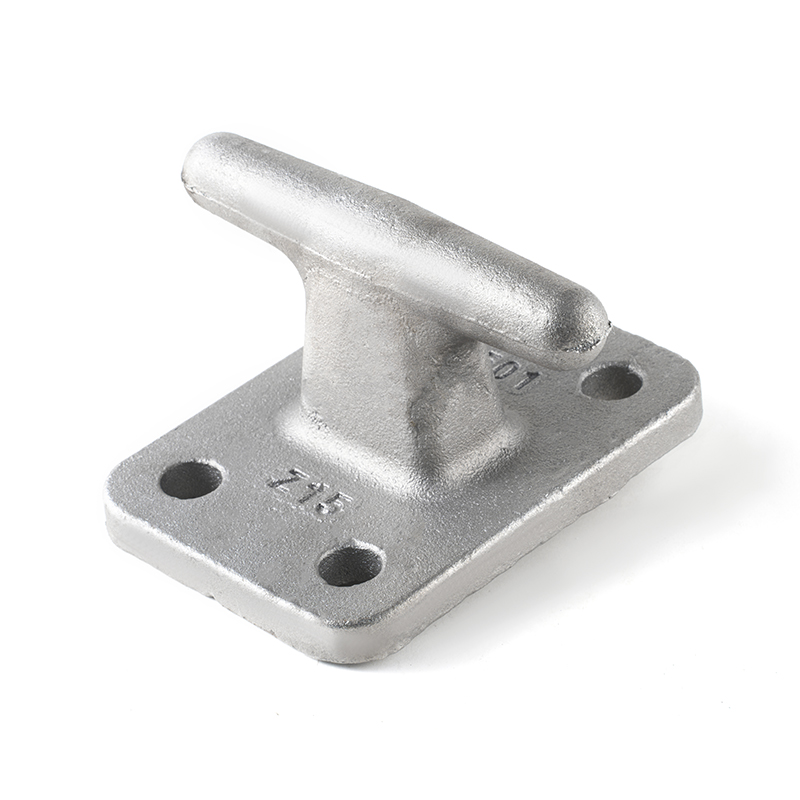The Versatility of Connection Bracket Casting Parts
Industry News-Connection bracket casting parts are essential components in many assemblies and structures. They are designed to provide secure connections between different elements, whether in automotive, aerospace, or construction industries. These brackets are often subjected to high levels of stress and must be both strong and durable.

Manufacturing Process:
The process of manufacturing connection bracket casting parts involves several steps. Initially, a mold is created from a pattern that represents the final part. This mold can be made from various materials, such as sand, metal, or plastic, depending on the desired complexity and production volume. Once the mold is ready, molten metal is poured into it. The metal used can vary widely, but for connection brackets, materials like steel and aluminum are common due to their strength and durability.
Advantages of Connection Bracket Casting Parts:
1. Strength and Durability: Connection brackets are often subjected to mechanical stress and must be able to withstand these forces without breaking or deforming. Casting allows for the production of parts with high strength-to-weight ratios, making them ideal for load-bearing applications.
2. Cost-Effectiveness: Casting can be more cost-effective than other manufacturing methods, especially for complex shapes that would require extensive machining or multiple parts to be welded together.
3. Design Flexibility: With casting, it is possible to create parts with intricate geometries and internal cavities that would be difficult or impossible to achieve with other manufacturing processes.
Connection bracket casting parts are used in a wide range of applications. In the automotive industry, they are used for engine mounts, suspension components, and body structures. In construction, they are essential for securing beams and columns. Aerospace applications also rely on these brackets for securing various components within the aircraft structure.
Low pressure aluminum casting is a precision casting process that offers several advantages over traditional high-pressure casting methods. It is particularly suitable for producing complex and intricate parts with tight tolerances.
Manufacturing Process:
The low pressure aluminum casting process begins with the preparation of a ceramic mold. The mold is filled with molten aluminum under low pressure, ensuring that the metal fills the mold cavity evenly and without entrapment of air or other impurities. This method allows for the production of parts with a high level of detail and dimensional accuracy.
Advantages of Low Pressure Aluminum Casting:
1. Precision and Detail: Low pressure casting allows for the creation of parts with fine details and complex geometries that are difficult to achieve with other casting methods.
2. Reduced Porosity: Since the molten metal is introduced under low pressure, the risk of air being trapped in the casting is minimized, resulting in parts with fewer internal defects.
3. Consistent Quality: The low pressure casting process is highly repeatable, ensuring consistent quality across multiple castings.
Applications:
Low pressure aluminum casting is used in a variety of industries where precision and detail are paramount. In the automotive sector, it is used for engine components, such as cylinder heads and transmission housings. In aerospace, it is employed for intricate components that require high strength and low weight. Other applications include industrial machinery, where precision and durability are crucial.
Environmental Considerations:
Low pressure aluminum casting is also an environmentally friendly process. Aluminum is a highly recyclable material, and the low pressure casting process generates less waste than some other casting methods. This makes it an attractive option for manufacturers looking to reduce their environmental impact.
 En
En
 русский
русский Español
Español عربى
عربى Deutsch
Deutsch















